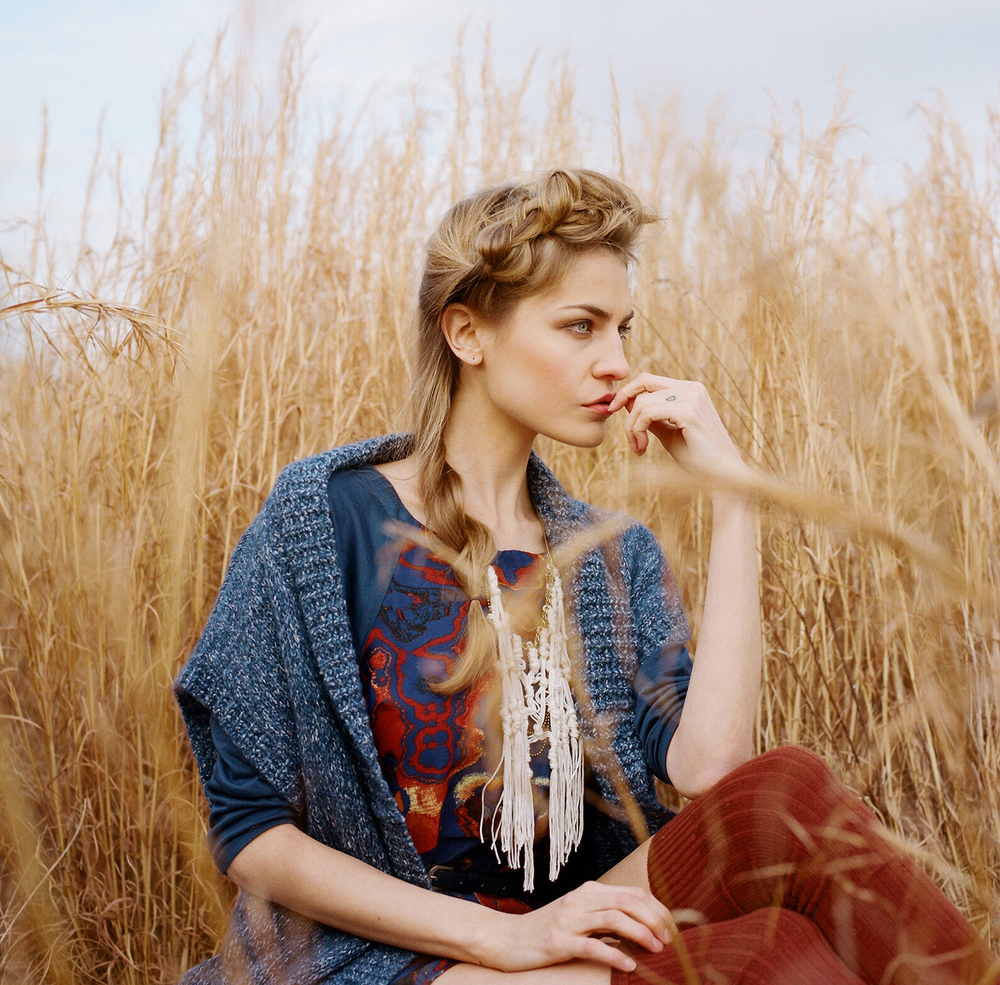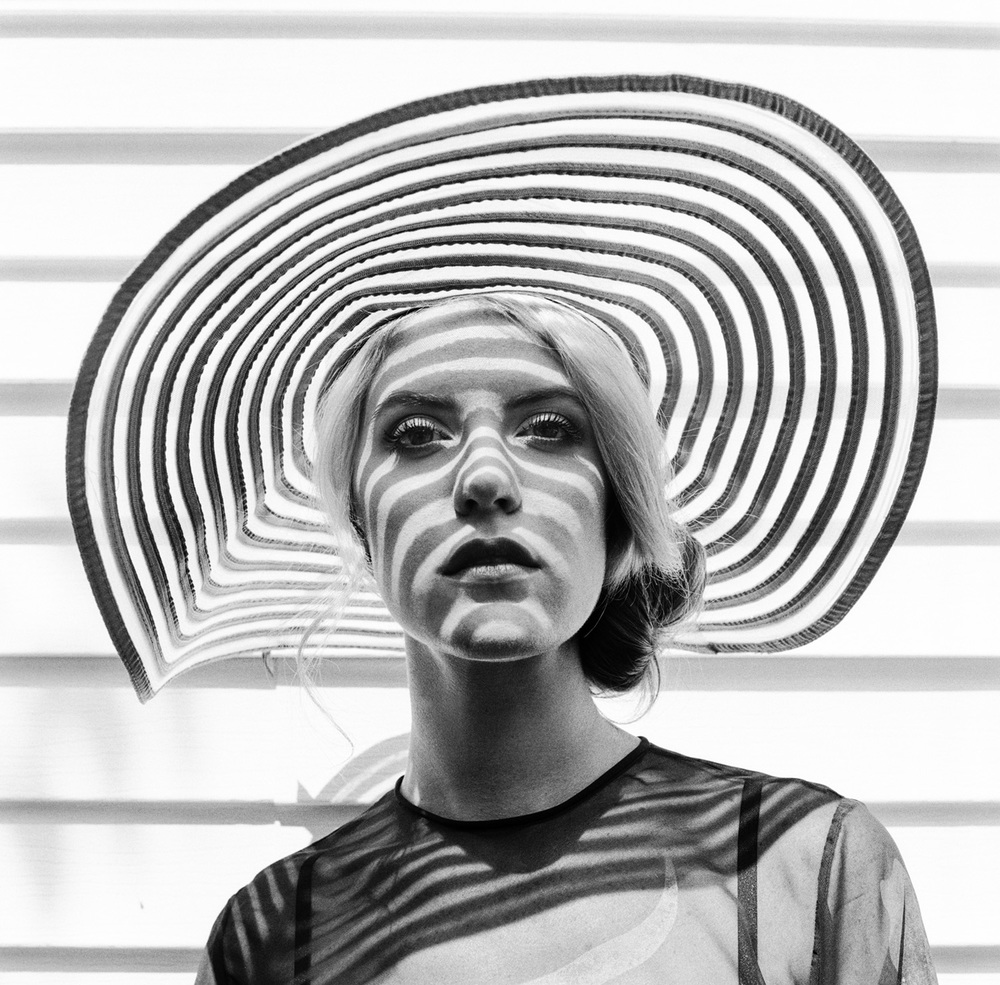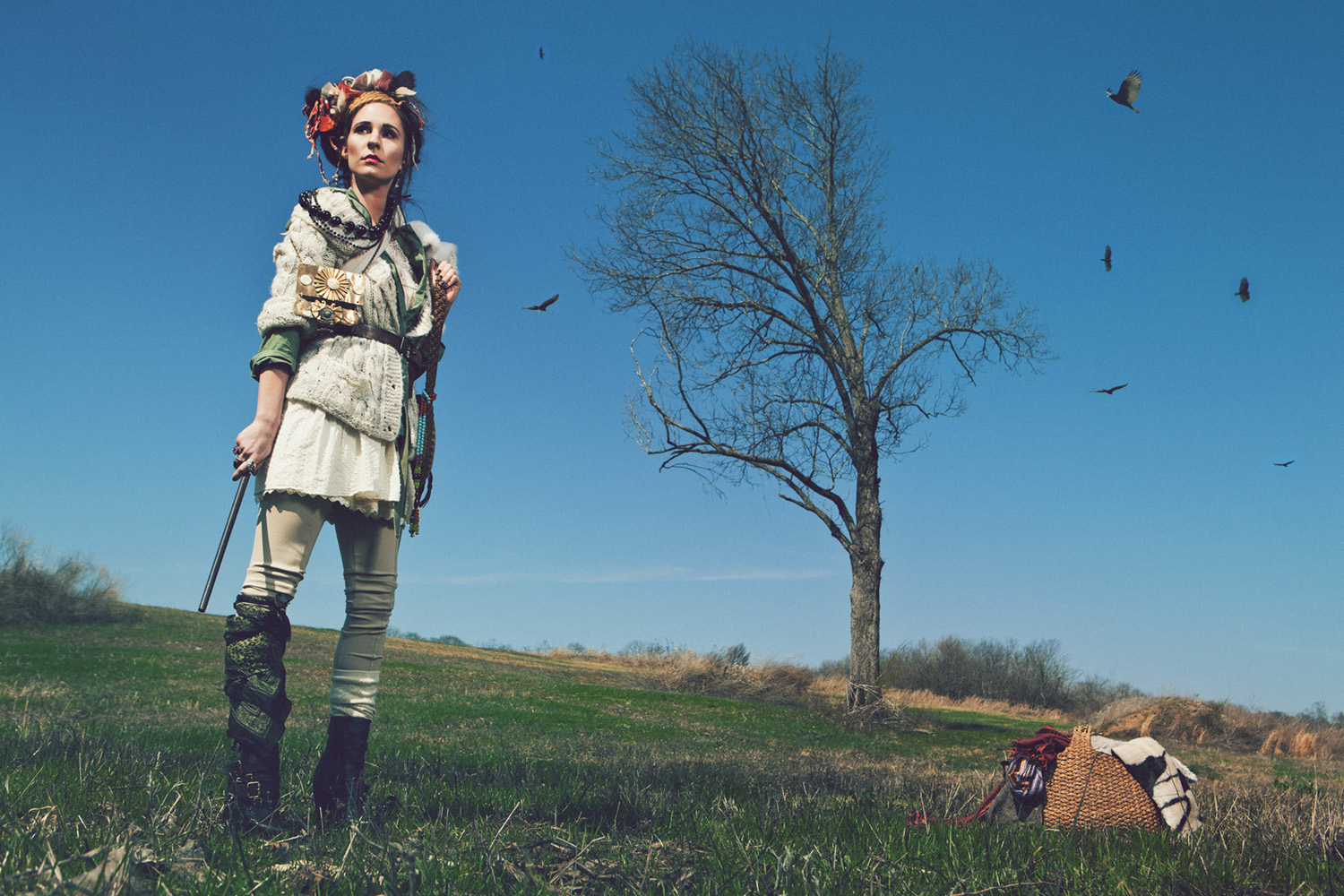
23 Jul The Story: Submitting Your Images for Competition: Tips from Competition Judge Michael Howard
One of the hardest things you can do as a photographer is to edit your own work. When I say ‘edit’, that means to choose which images are successful and which images need to go away. It’s almost impossible to do this yourself. The reason for this is because we are too close to our own work. We know the stories behind every image we took and we know how hard we worked to get a particular images. To put it simply, our personal bias clouds our judgment. We can’t see our work clearly for what it often is. So the challenge is to narrow your work down to a select few of your best images to submit for a photo competition.
My advice for this little venture is summed up by the following:
Suggestion One: Have 2-3 other people look at your work. Don’t do this alone, but don’t ask just anyone.
There is a strategy to this…
Figure out who the people in your life are who will be brutally honest with you. Ideally, these people should have decent knowledge of art history and photo history. They must have a ‘good eye’. This means you respect what they value as ‘good art’. They don’t have to be photographers. They can be anyone that understands and loves art.

Suggestion Two: Ignore the story.
When you take a photograph, you know the story of the day, you know how hard you worked to get that shot, and you know what was going on behind the scenes. You know how hot or cold it was that day. You know how rushed the entire shoot was. You know how challenging that child was, and how this image is of your favorite client of all time! We don’t know these stories. All we can judge a photo on is what’s actually in the image. None of the back story is there for us, so don’t submit images that move you because the back story is compelling in your head. You’ll more than likely be disappointed with the results from a detached viewer.

Suggestion Three: Make small prints.
This is always the best way to narrow down your portfolio. Print 4×6’s or 5×7’s of your top 20 images and lay them all out on a table at one time. Then start rearranging them and comparing them to each other. Include your selected 2-3 trusted people to view the prints as well (if possible) and have them do the same thing. You’ll naturally find your best images a lot faster this way then going through them in Lightroom or Photoshop.

Suggestion Four: Soul > Pretty
It’s easy to fall into the trap that the best photos are the most idealized, but throughout photo history that has been far from true. Usually the best photographs are the ones that draw you into the human soul. When you look at these images you get a sense of what it means to be human, to be flawed yet to have worth. Technical mastery is great, but if there is nothing in the image to connect the viewer to humanity then it’s a pretty boring image in my opinion. Give me heart and soul over pretty every single time!
I hope these four suggestions help you choose which images are best for competition. Each of us are looking forward to viewing your work and giving you feedback on your art. Make sure you enjoy the editing process, because you’ll learn a lot about your work by simply analyzing it and making decisions about what is your most successful photographs.
View Michael’s judges bio here. Visit his beautifully essentialist website to view more of his work, and to contact Michael.




No Comments